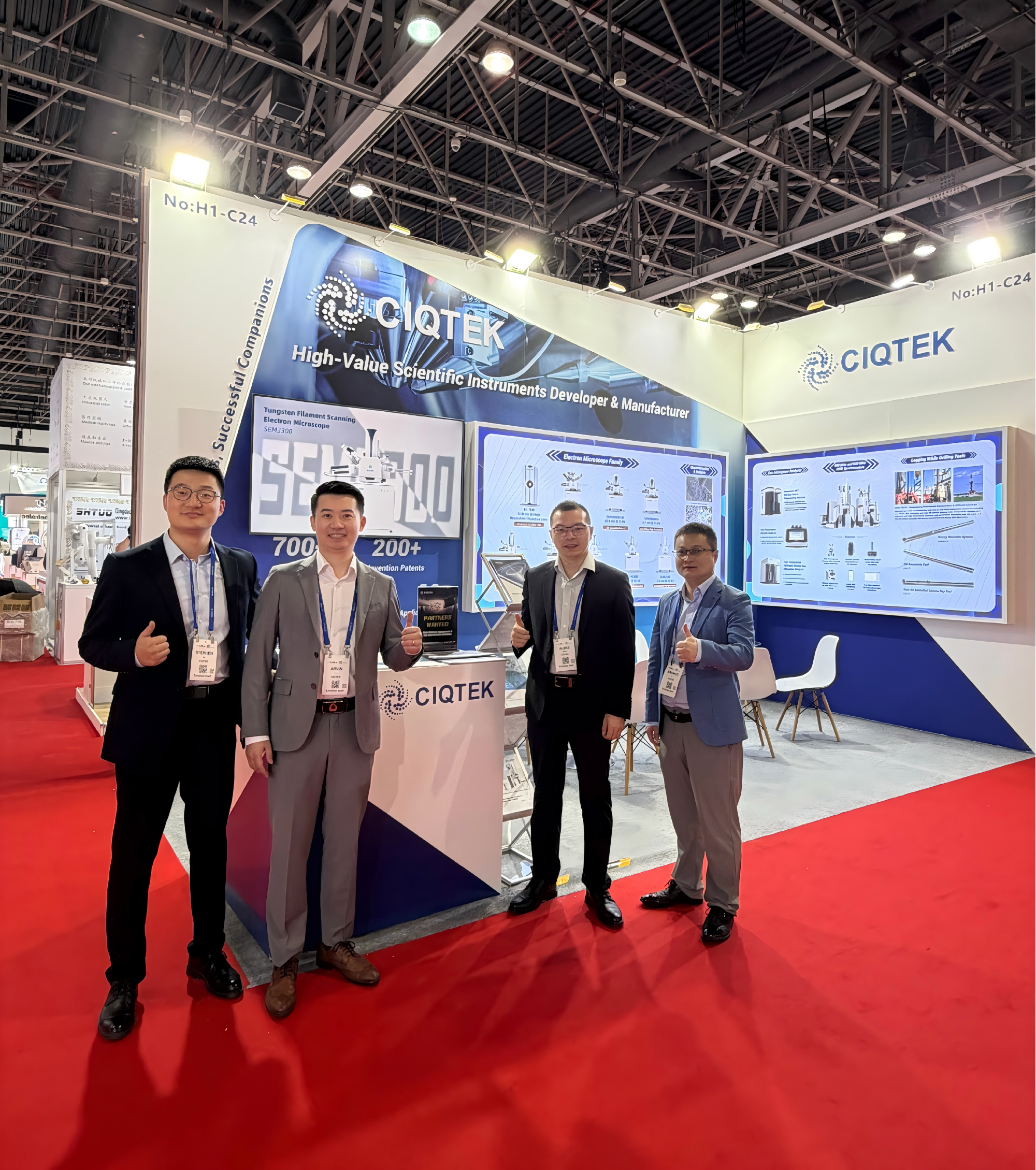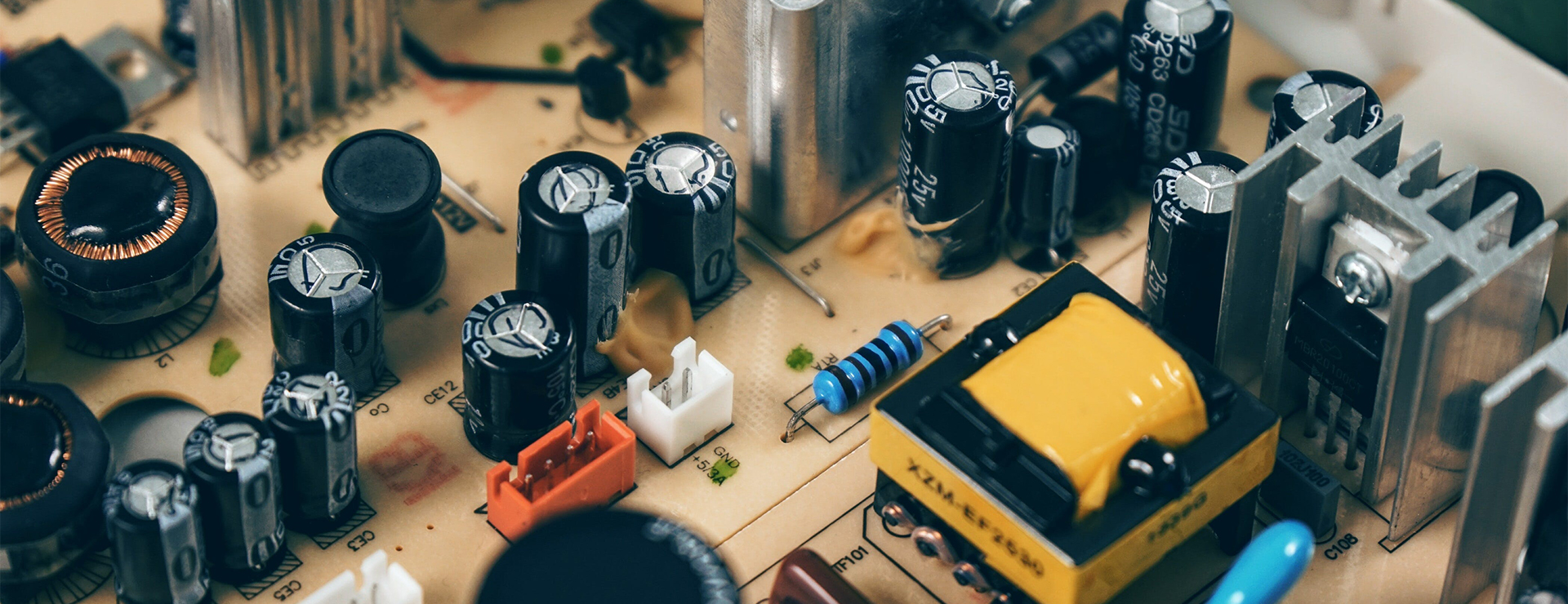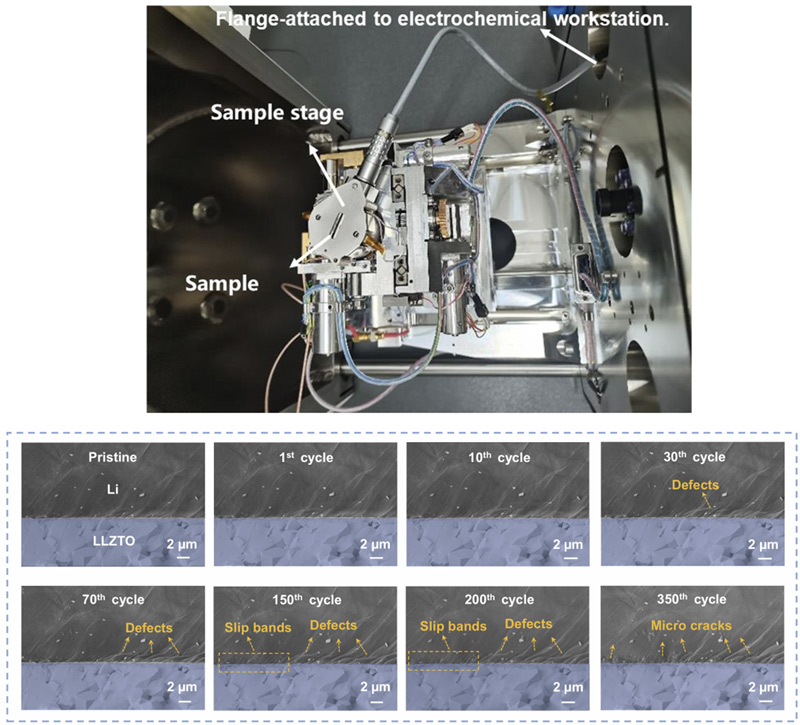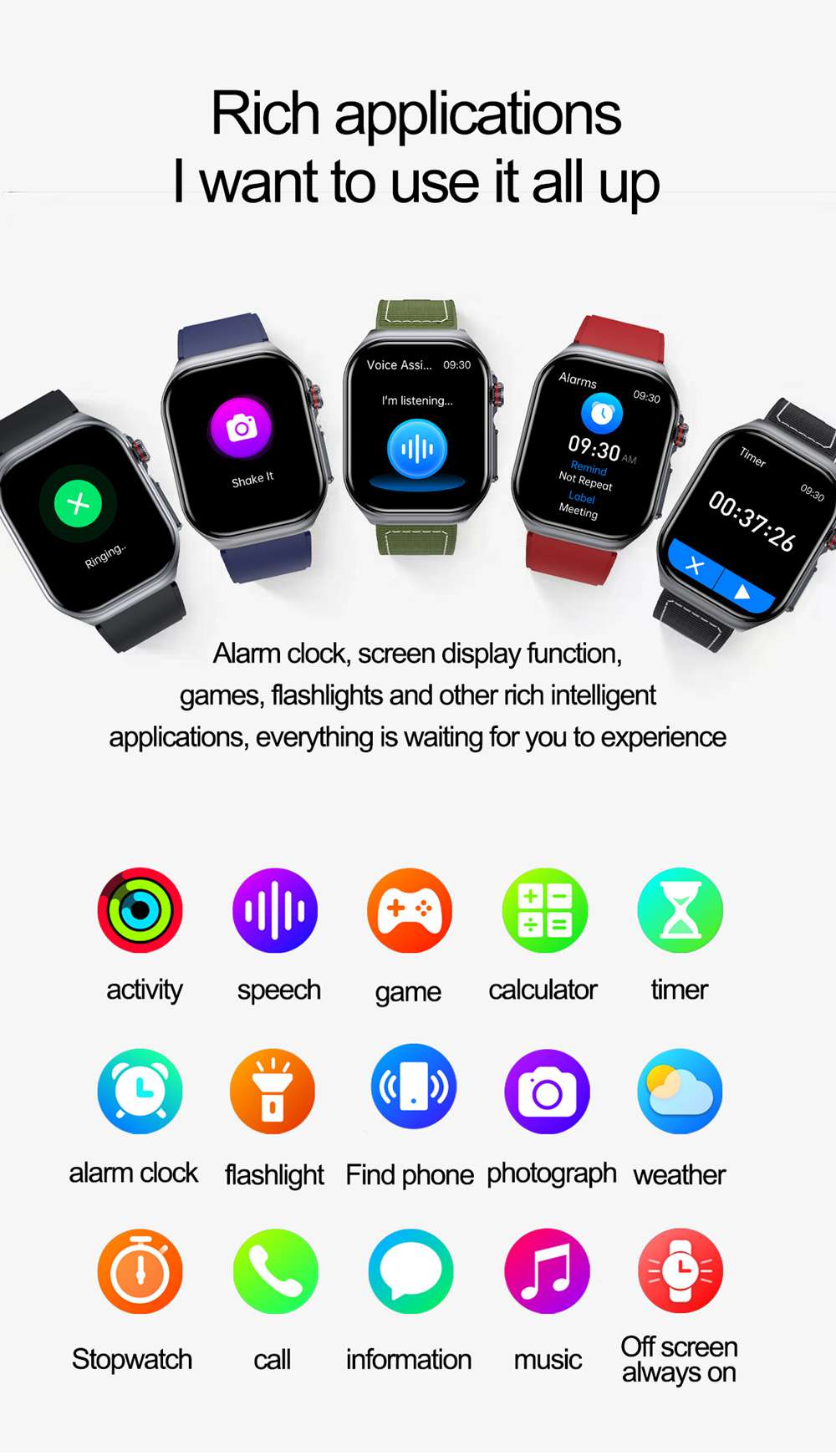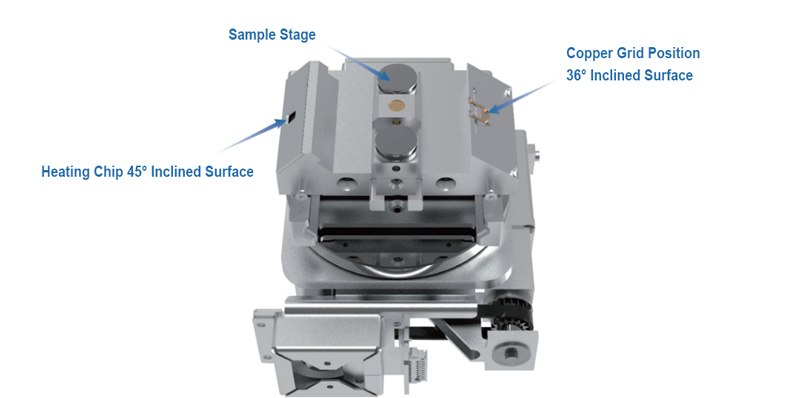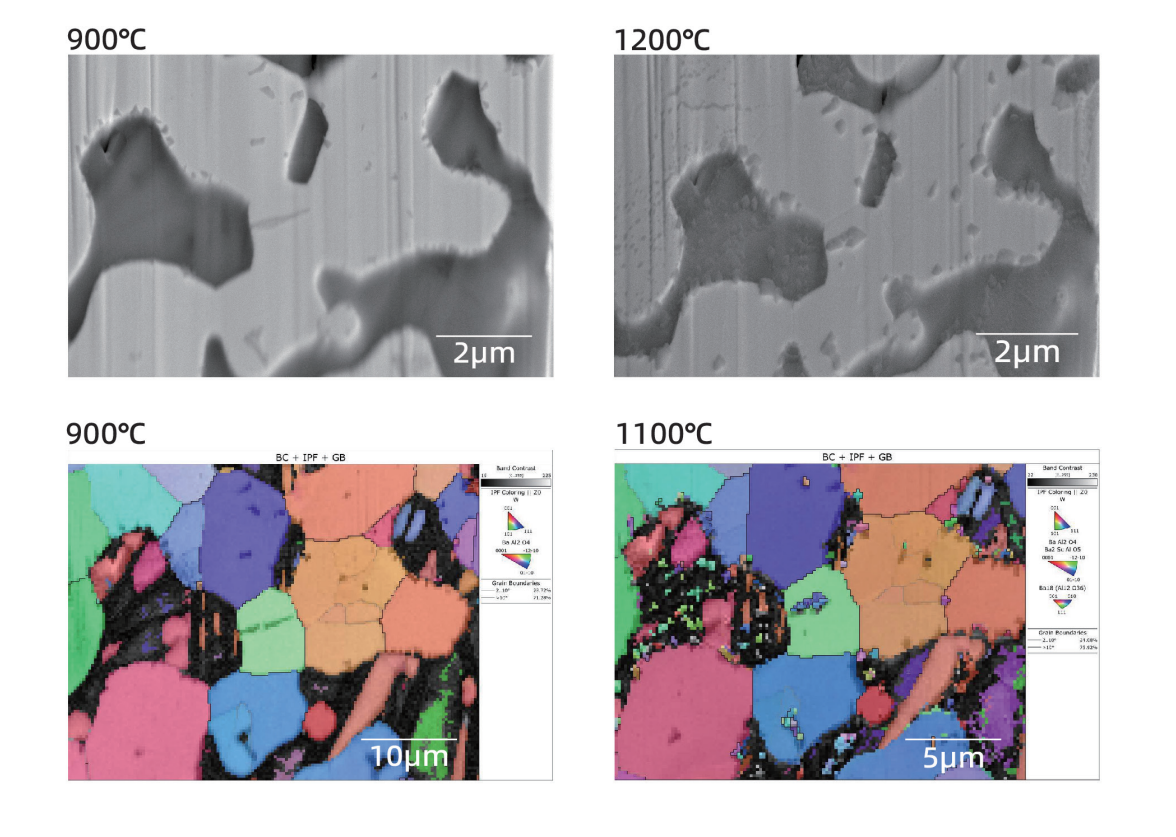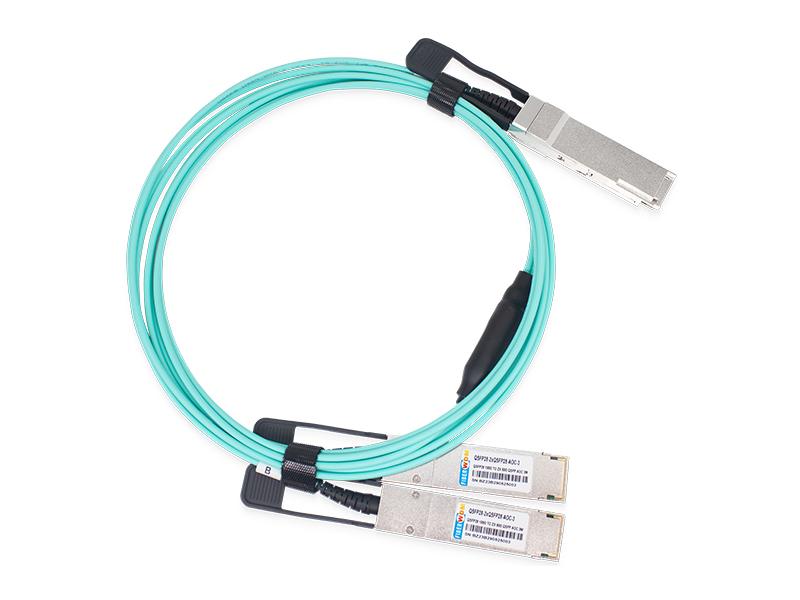Palm Vein Scanner swiping technology, a cutting-edge biometric technology, provides comprehensive support for identity verification. Based on a proprietary multimodal palm swiping camera and paired with SFT biometric algorithms, palm swiping technology significantly improves the security and efficiency of identity verification, enabling rapid authentication and permission management in all scenarios. Furthermore, the contactless service provided by this technology effectively reduces the risk of contact transmission, improves public health and safety, and provides a superior user experience.
Palm Prints scanner in Transportation:
Airport Line
China's first subway line to feature palm-swipe payment ushers in a new era of "contactless travel."
The implementation of the palm-swipe system on the Daxing Airport Line marks the official entry of rail transit into the biometric 3.0 era. Palm-swipe biometric technology redefines subway travel and ushers in a new era of "contactless travel" in smart transportation. This not only significantly improves passenger travel efficiency but also promotes the deep integration of artificial intelligence technology in public services.

Wireless Palm vein swiping module used in Stadium:

Swimming Pool
"One-Palm Access": China's first large-scale sports venue full-scene palm scanning application demonstration project
The Swimming Pool of the National Olympic Center has officially launched its "Palm Scan Access" system. Leveraging innovative multimodal biometric technology, this system redefines the sports and fitness experience, offering contactless access throughout the entire experience with just one palm, creating a new model for smart sports venue services.
Gym
Palm Check-in: A New Smart Fitness Experience
Gym's palm check-in marks the first application of palm-scanning biometrics in the fitness industry. Leveraging multimodal biometric technology, it enables contactless, ultra-fast identity verification, effectively addressing issues such as card fraud, long queues, and unsanitary conditions associated with traditional QR code check-in.
Palm vein Payment Reader in Retailing:
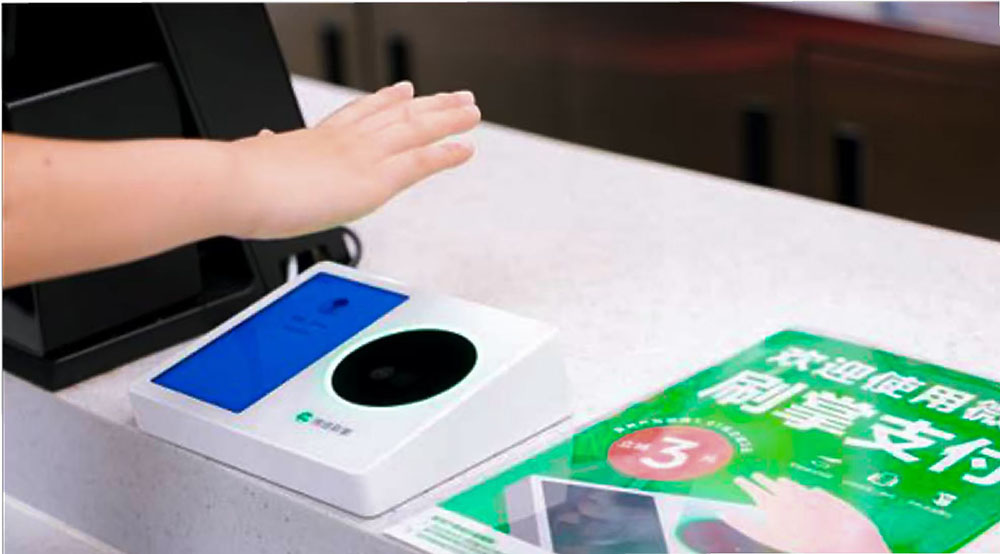
7-Eleven Convenience Stores
Over 1,500 stores now support palm payment, offering a new "swipe and pay" experience.
As one of the first convenience store brands nationwide to support WeChat palm payment, over 1,500 7-Eleven stores now support palm payment. This feature uses palm biometric recognition technology for contactless checkout, improving overall efficiency, further reducing queues, and accelerating the intelligent upgrade of retail services.
Contactless Palm vein scanner in Schools:
University
China's first university "Campus One-Person Pass" system
Shenzhen University's "Campus One-Person Pass" system uses palm-swipe biometric technology to provide a secure, contactless authentication experience. After users first enter their palm print on a palm-swipe device and link it to their WeChat campus code, they can pay instantly in cafeterias, convenience stores, and other locations, without the need for a phone or physical card.
Biometric Palm Vein scanner in Shared charging

Jiedian
1-second identification, 2-step operation, 5-second delivery
Jiedian's palm-swipe charging service revolutionizes shared charging services with biometric recognition technology. Leveraging cutting-edge multimodal biometrics, it quickly and accurately completes the identification process, further addressing traditional shared charging pain points such as dead phones or poor signal quality, delivering a superior shared charging experience.
